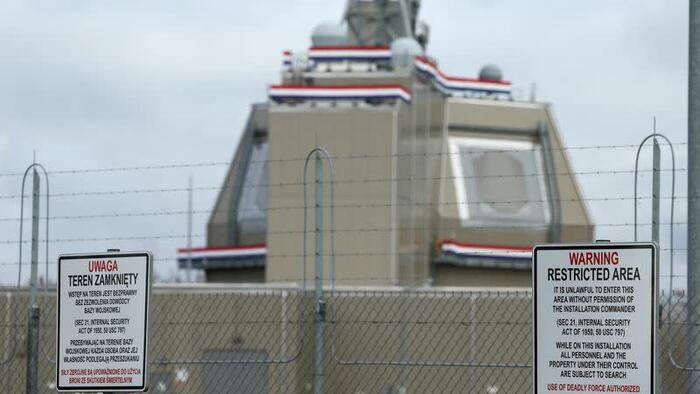On Thursday, Russia issued a stern warning to the United States and its Western allies in response to the recent authorization given by Washington and London for Ukraine to employ long-range missiles against Russian territory. This warning comes amid reports that Ukraine has already executed at least two cross-border attacks utilizing U.S. ATACMS and U.K. Storm Shadow missiles. Moscow’s alarm has been amplified by the opening of a new U.S. missile defense base in Poland, which Russian officials have classified as a potential priority target for strikes should the situation escalate further. Russia’s Foreign Ministry spokeswoman, Maria Zakharova, underscored the perceived threat posed by this base, highlighting its potential to jeopardize Moscow’s deterrent capabilities, thus escalating tensions in the already volatile regional security landscape.
Zakharova condemned the U.S. and NATO’s decision to enhance military infrastructure close to Russia’s borders, describing the missile base in the Polish village of Redzikowo as a “provocative step.” This development is characterized as part of a broader, decades-long strategy by the West to encroach militarily on Russia, which Moscow views as destabilizing to the region and threatening to its strategic stability. She claimed that such actions could lead to an increase in the overall level of nuclear danger, given that they undermine the current balance of power and deterrence strategies in the region. The strategic implications of NATO’s military posturing have been a recurring theme in Russia’s foreign policy debates, with officials asserting that the U.S.’s actions in Eastern Europe necessitate a robust response from Moscow.
In light of this heightened threat perception, Zakharova announced that the Polish missile defense base has been formally added to Russia’s list of “priority targets for potential destruction.” This aggressive rhetoric indicates Moscow’s intention to safeguard its national security interests in response to the perceived encirclement by NATO forces. The presence of the “Aegis Ashore” system, known for its dual capability of intercepting incoming threats while also potentially launching offensive strikes with Tomahawk missiles, exacerbates Russian concerns. Traditionally, Tomahawk missiles have been associated with nuclear capabilities, raising the stakes and fears surrounding further military buildups in the region.
With the ongoing conflict in Ukraine serving as a backdrop for these developments, Moscow’s strong stance has emphasized their commitment to ensuring military parity with NATO. Russia’s historical grievances regarding NATO expansion and military presence near its borders have been reinvigorated through the new deployments in Eastern Europe. The Kremlin has long maintained that any enhancement of NATO’s military capabilities close to its territory would be met with “appropriate measures” to counterbalance perceived threats against Russian sovereignty and security.
Poland’s role in this unfolding scenario has also grown increasingly prominent, with Polish Defense Minister Wladyslaw Kosiniak-Kamysz calling for the expansion of the missile defense shield. Recent commentary from Polish officials suggests a proactive stance towards intercepting Russian missiles that may pose a threat to Ukrainian territory, especially those traversing close to the Polish border. This militarization of the region reflects Warsaw’s ongoing commitment to bolstering its defenses alongside its NATO allies, as Poland has become a keystone in the alliance’s collective security strategy in Eastern Europe throughout the conflict.
In conclusion, the escalation of tensions between Russia and NATO, particularly surrounding the recent developments in Poland, highlights a broader geopolitical struggle that is shaping the security dynamics in Europe. Moscow’s explicit warnings in response to perceived provocations, coupled with NATO’s military build-up and upgrades to defense infrastructure, illustrate a complex and potentially volatile interplay of military strategies. As Poland looks to expand its defense capabilities amidst this landscape, the ongoing conflict in Ukraine risks becoming a focal point for broader regional tensions, underscoring the need for diplomatic channels to address these emerging crises effectively.

